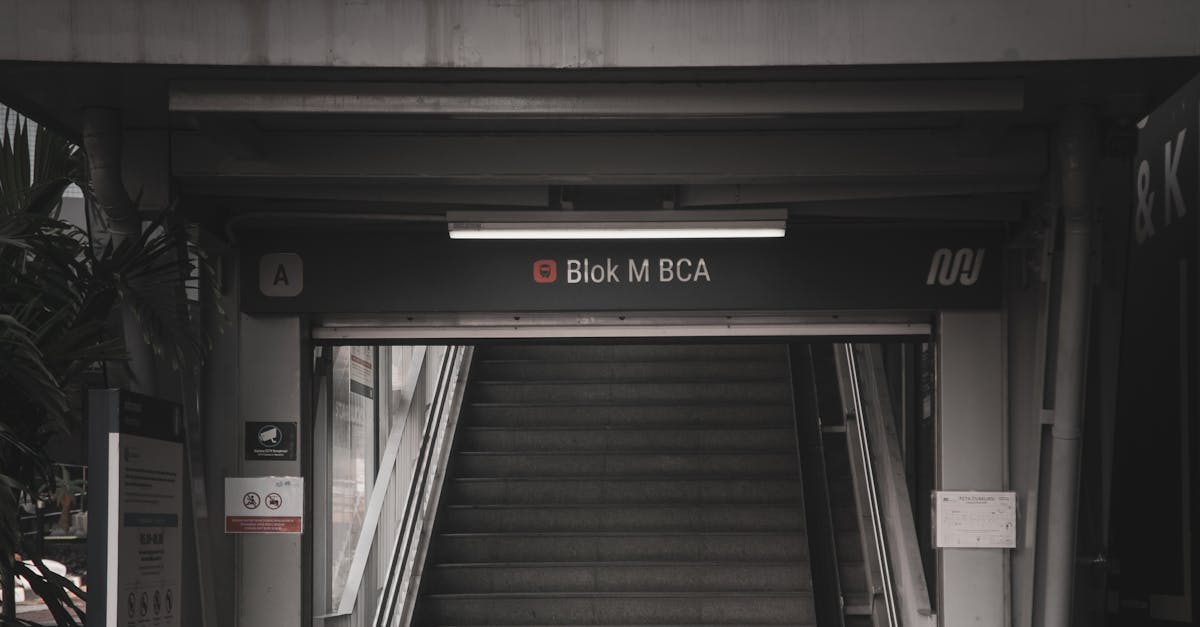Sydney's Asbestos Roof Removal Services

Table Of Contents
Sydney's Asbestos Roof Removal Services
When it comes to ensuring the health and safety of your home, addressing the presence of asbestos is paramount. Homeowners in Sydney are increasingly recognizing the importance of utilizing professional services for asbestos roof removal. One of the vital components of a safe and effective removal process is the use of Asbestos Removal Safety Gear Sydney. This specialized equipment is essential for protecting workers from exposure to harmful asbestos fibers during the removal process, underscoring the need for competent professionals who prioritize safety.
In Sydney, the demand for asbestos roof removal services has surged, driven by heightened awareness of health risks associated with asbestos. As such, many companies are stepping up to provide expert solutions while adhering to regulatory standards. A critical aspect that sets quality service apart is the commitment to employing appropriate asbestos removal safety gear sydney. By ensuring that all personnel are equipped with the necessary protective gear, these professionals mitigate risks and deliver peace of mind to homeowners during what can be a daunting task.
Homeowner's Guide Hazardous Material Roof Abatement
Abating hazardous material out of your roof can be a challenging task for any property owner. This task demands attentive consideration and proper precautionary measures to ensure the well-being as well as that of others. Prior to starting any DIY hazardous material roof abatement, it is crucial to know the legal regulations and safety standards that apply in your area.
A DIY approach to hazardous material roof abatement involves assembling the right tools and materials. Safety gear such as masks, gloves, and suits are required to avoid exposure to harmful fibers. The task may also entail sealing off the area to minimize contamination. After equipped and prepared, following a systematic approach will aid in properly handling the removal process. Be sure to dispose of the removed material in accordance with local regulations to confirm safety and compliance.
What You Need to Know Before Attempting Asbestos Removal Yourself
Removing hazardous material out of your home is an daunting undertaking. Such an endeavor requires special expertise and equipment. Initially, one must understand that this hazardous material can present serious health concerns if not handled safely. Therefore, it’s highly recommended to consult professionals who are trained in hazardous material removal.
Before any removal efforts, it’s crucial to take into account the regulatory laws pertaining to hazardous material handling in your area. Furthermore, safety equipment such as gloves and masks and protective clothing must be used to reduce risk. Neglecting to adhere to these rules can lead to serious safety issues for both you and others in the vicinity. When you choose to go ahead, make certain to follow all local regulations to ensure a successful removal process.
Post-Removal Safety Measures for Hazardous Material Roofing Disposal
Proper post-removal safety measures are vital to ensure a secure environment after hazardous material roofing removal. First, it is important to perform a thorough inspection of the area where the roofing was removed. This helps in identifying any remaining hazardous material particles that may pose a potential risk. Furthermore, ensuring that the surrounding environment is cleaned and free of debris is important to maintain safety.
Also, it is crucial to comply with the guidelines set by local health and safety regulations regarding hazardous material management. Homeowners should evaluate hiring professionals for final cleanup tasks to guarantee that all materials are disposed of correctly. Ongoing monitoring of the area should also be implemented to ensure that there are no unforeseen issues that may arise after the abatement process. Engaging with certified experts will offer peace of mind and promote a safe living environment.
Maintaining Compliance After Hazardous Material Roof Disposal
Such task of asbestos roof disposal is complex. Maintaining safety following disposal is crucial. Proper cleanup becomes to get rid of any residual fibers that may pose a risk. Using professional services ensures that any necessary regulations are followed to minimize the risk of exposure.
Post-removal, inspections should be performed to confirm that the area is clear from toxic materials. Indoor air quality tests may also be necessary to confirm that the space is healthy for living. Education of asbestos concerns among homeowners is essential in maintaining future safety. Implementing these kinds of precautions will be crucial for continued safety.
Legal Requirements for Hazardous Material Roofing Disposal
Within the metropolitan area of Sydney, the legal requirements for asbestos roof removal remain stringent. Individuals have to familiarize themselves with these regulations to ensure safety and steer clear of potential penalties. It can be vital to engage licensed professionals who are trained in asbestos removal to comply with these requirements.
Before any removal work, the process becomes essential to advise local authorities and obtain any necessary licenses. Not complying to do so may lead to serious legal consequences and environmental hazards. In addition, relevant guidelines often include proper transportation of the asbestos to protect against further contamination. Awareness these legal requirements is important for any endeavor involving asbestos in Sydney.
Navigating Federal Asbestos Regulations in New South Wales
Hazardous material dismantling in New South Wales requires a thorough awareness of state laws. Such guidelines are designed to guarantee safety and compliance during the disposal process. Contractors must be familiar with the requirements to prevent potential penalties or regulatory issues. Neglect to adhere to these guidelines can lead to serious safety hazards for workers and the surrounding community.
Before initiating any type of hazardous material project, it is crucial to secure the necessary permits and conduct an assessment of the site. Understanding the regulatory framework helps to streamline the entire process. Local authorities often provide resources and assistance to ensure compliance with environmental standards. Working with certified professionals who are well-versed in hazardous material laws can greatly enhance the safety and effectiveness of the dismantling procedure.